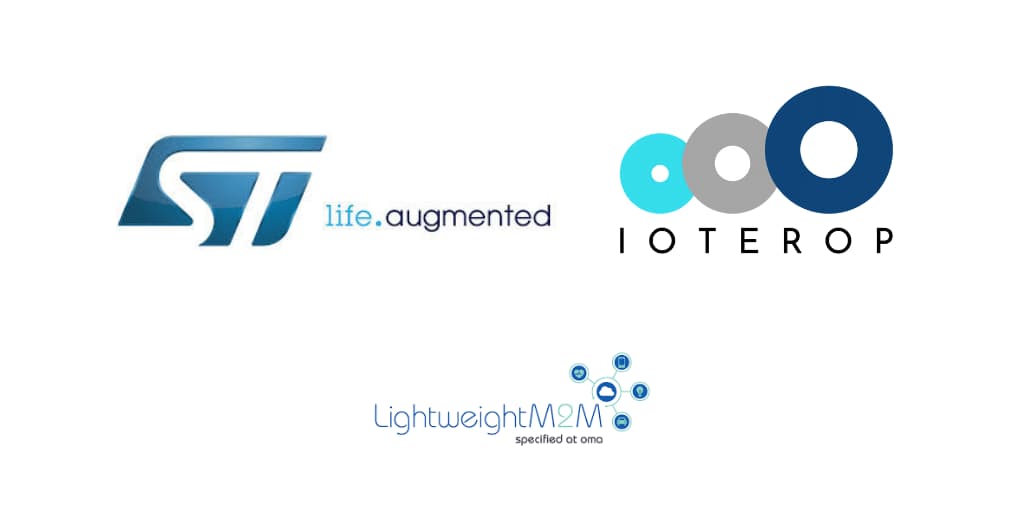5 Factors of any IoT Strategy
By Hatem Oueslati, CEO & Co-founder of IoTerop
In just a few short years, tens of billions of devices will be used around the world to improve efficiency and reduce costs adding to the global economy and improving the quality of life of millions if not billions of lives. Companies across all industries are trying to figure out how they can either integrate IoT into their business operations or add to their product lines by building compelling IoT solutions. Going forward, organizations that will have the most success will put in place a strategy based upon an open standard like the Open Mobile Alliance’s LwM2M taking-into-account the following factors:
Security: The biggest hurdle to IoT’s rapid adoption may be the vulnerabilities these devices will create if security hasn’t been addressed from the beginning. Encryption and device authentication must be done on resource-constrained devices and networks. To complicate matters further, the future of IoT will necessitate peer-to-peer interoperability in addition to the classic client-server model creating further security challenges. Anything less than the most robust, up-to-date security strategy and tactics will expose organizations to enormous risks.
Interoperability: IoT solutions will need to work together independent of who developed the device. All the data these devices will be able to capture and act upon risks being silo-ed and never fully exploited unless companies adopt IoT strategies that embrace interoperability and open standards. Likewise, basing your IoT strategy on an “ecosystem” that is not based on an open standard is a dangerous bet. An open standard is in fact the only way to ensure your investments will not end up taking you to a fragmented technological costly dead-end.
Future-Proof: Everyone agrees on IoT’s potential and that IoT merits an investment. After those initial points, however, no one is sure how it will evolve. Some things are known. Data models will move from primarily client-server to increasingly peer-to-peer as billions of devices begin sharing data with each other on an as-needed basis, and business models continue to develop for the after-market of this data. Networks and communication standards will be multitudinous and continue to evolve. Vendors will come-and-go, be bought-and-sold, grow-and-die, and finally, innovation will disrupt even the best-laid plans. In other words, plan for a world where change is unavoidable, unprecedented, and winners embrace it. Deployed solutions will only be sustainable if they have built-in software update mechanisms, allowing them to smoothly embrace changes in the long run.
Time-to-Market: Being able to quickly build a quality IoT solution that has considered these factors with fewer resources than a competitor is a key competitive advantage. Organizations with a time-to-market advantage can more quickly calculate ROI or validate demand. Conversely, building something of low-quality that cannot be easily maintained only undermines IoT efforts retarding adoption.
Open Standard: You don’t need to reinvent the wheel. An architect doesn’t design doors for a house but uses the ISO standard. Historically ignoring standards has come with enormous additional development and business costs. Adopting an open standard like LwM2M helps avoid technological dead-ends and lost development costs letting your focus on solution shaping and business.
IoT’s vast potential is attracting more interest than ever. Fortunes will be made and lost by action, inaction, and miss-action. In IoT’s early day’s companies aligned with vendors creating IT environments where technology incumbents often benefited at their client’s expense. Open standards allow innovative organizations to focus on business early on, insulating themselves from vendor and technology risks.

